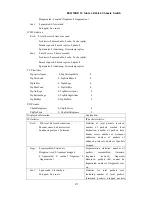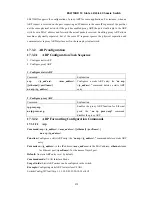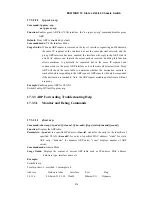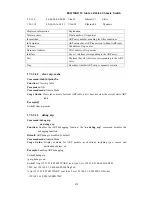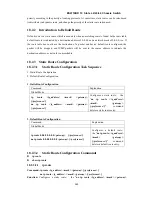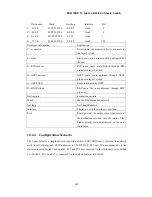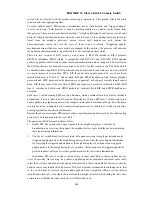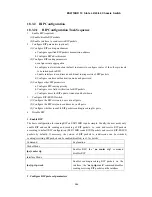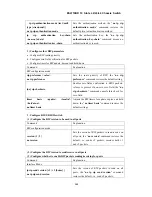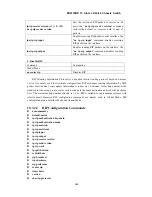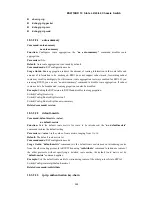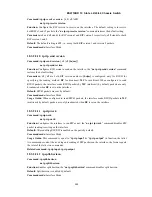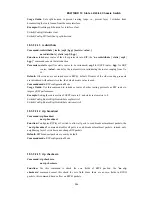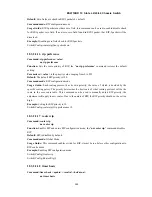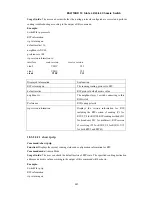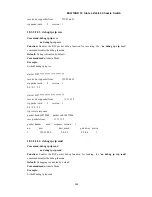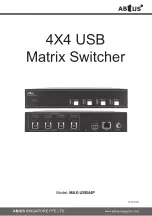
384
E
ES4710BD 10 Slots L2/L3/L4 Chassis Switch
Uses the “show ip route” command to display the information about static route in the route table:
destination IP address, network mask, next hop IP address, forwarding interface, etc.
For example:
Switch#show ip route
Codes: C - connected, S - static, R - RIP derived, O - OSPF derived
A - OSPF ASE, B - BGP derived
Destination Mask Nexthop Interface Pref
C 2.2.2.0 255.255.255.0 0.0.0.0 vlan1 0
S 6.6.6.0 255.255.255.0 2.2.2.9 vlan1 1
S stands for static route, i.e., the static route with the destination network address of 6.6.6.0, network
mask of 255.255.255.0, the next hop address of 2.2.2.9 and the forwarding interface of Ethernet
vlan1. The priority value of this route is 1.
18.3 RIP
18.3.1 Introduction to RIP
RIP was first introduced in ARPANET, a protocol dedicated to small, simple networks. RIP is a
distance vector routing protocol based on the Bellman-Ford algorithm. Network devices running
vector routing protocol send 2 kinds of information to the neighboring devices regularly:
• Number of hops to reach the destination network, or metrics to use or number of networks to
pass.
• What is the next hop, or the director (vector) to use to reach the destination network.
Distance vector layer 3 switches send all their route selecting tables to neighboring layer 3 switches
at regular interval. A layer 3 switch will build their own route selecting information table based on
the information they receive from neighboring layer 3 switches. Then, it will send this information
to its own neighbor layer 3 switches. As a result, the route selection table is built on second hand
information. Route beyond 15 hops will be deemed as unreachable.
RIP is a optional routing protocol based on UDP. Hosts using RIP send and receive packets on UDP
port 520. All layer 3 switches running RIP send their route table to all neighboring layer 3 switches
every 30 seconds for update. If no information from the partner is received in 180 seconds, then the
device is deemed to have failed and the network connected to that device is considered to be
unreachable. However, the route of that layer 3 switch will be kept in the route table for another 120
seconds before deletion.
As layer 3 switches use RIP built route table with second hand information, an infinite count may
occur. For a network running RIP routing protocol, when an RIP route becomes unreachable, the
neighboring RIP layer 3 switch will not send routing update packets at once, instead, it waits until
the update interval times out (every 30 seconds) and sends the update packets containing that route.
If before it receives the updated packet, its neighbors send packets containing the information about
the failed neighbor, “infinite count” will result. In other words, the route of unreachable layer 3


